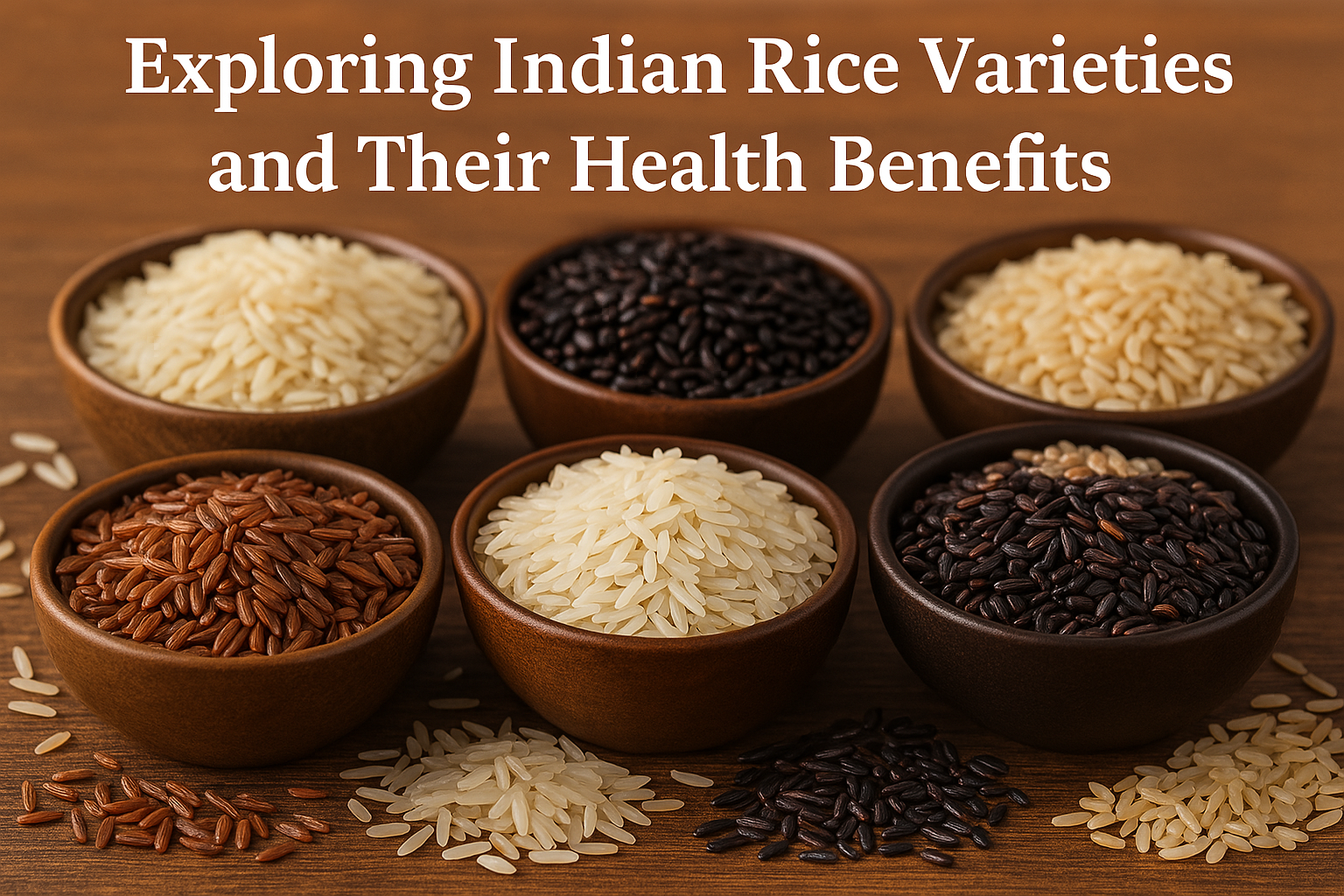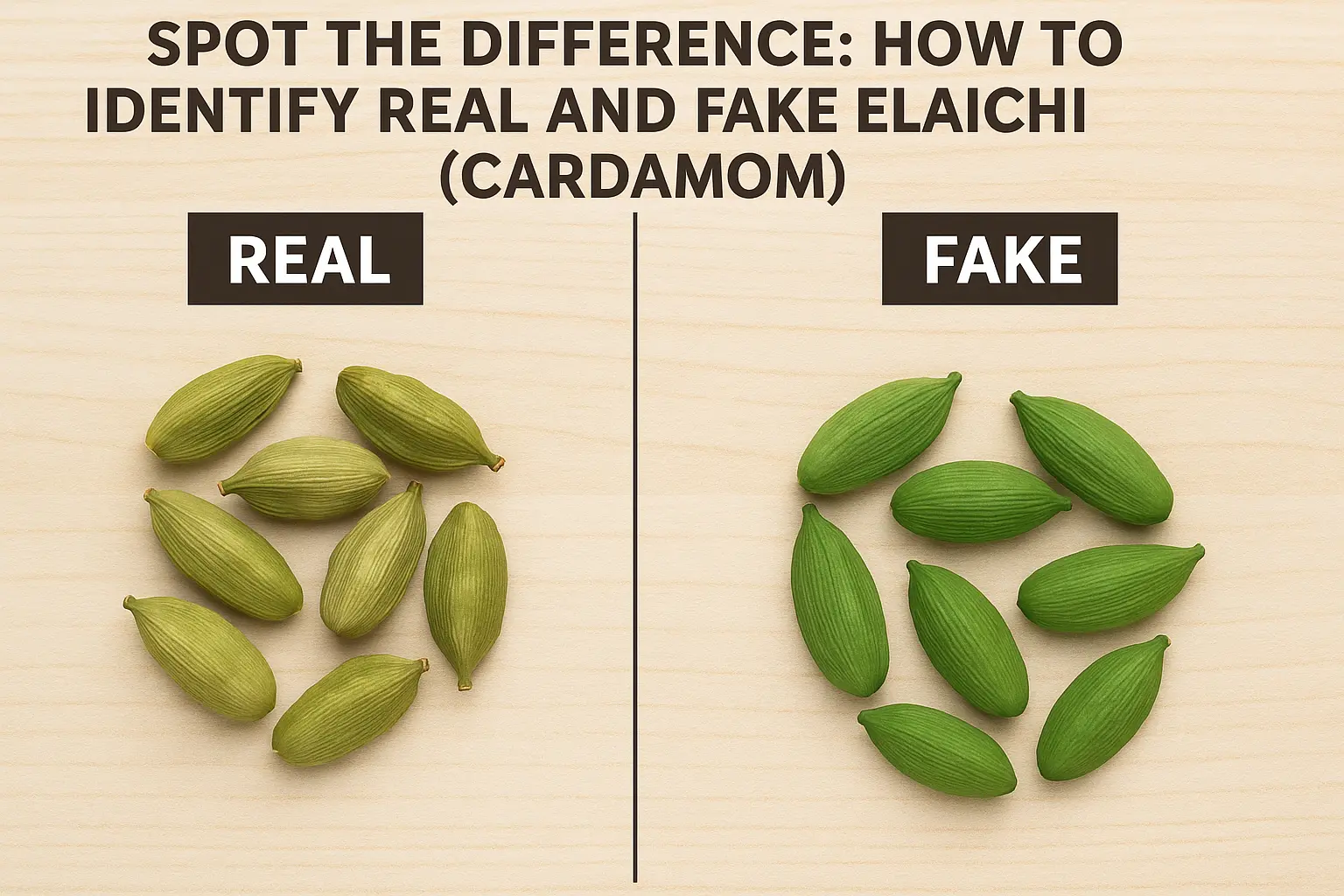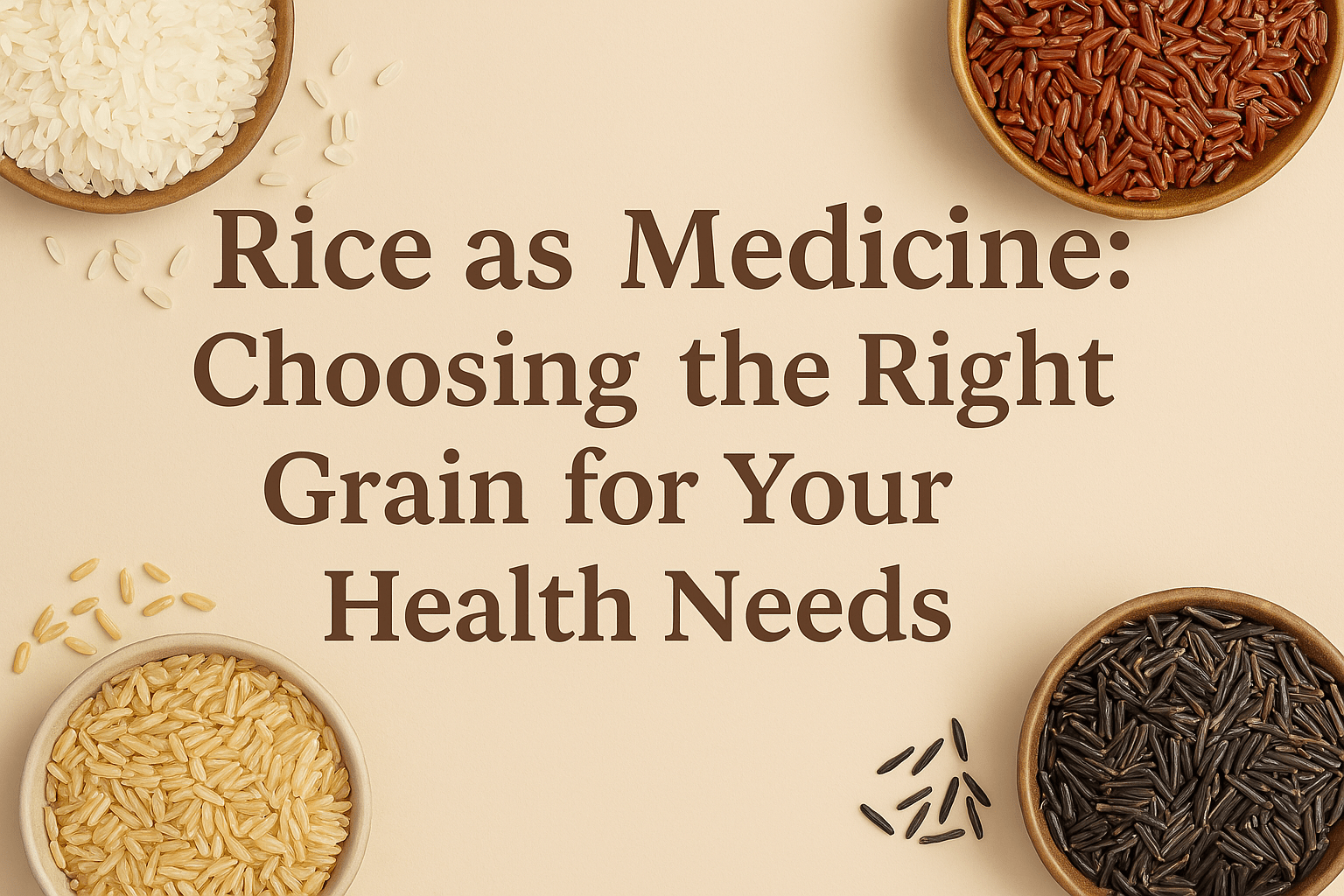Adulthood brings with it the ugly realisation that the small choices we make every day can define our health in the long term. And there begins the pursuit of a healthy lifestyle. Simply put, a healthy lifestyle is maintaining good habits that preserve your mental and physical health. It includes various aspects, including your diet, exercise habits, the stress in your life, screen time in a day, and even your personal beliefs and preferences. Jigar Patel, the Founder of Health-e, a HealthTech app, lists a few essential things to maintain a healthy lifestyle.

What is a Lifestyle?
Your lifestyle is your comprehensive manner of living. And if you make the incorrect lifestyle choices, you will likely repent in the long term. Diseases like diabetes, high blood pressure, arthritis, and spondylitis can creep up on those who are careless with their lifestyle and daily habits for long.
The Interdependence of Lifestyle & Health
Lifestyle and health are closely related. Lifestyle choices such as diet, exercise, stress management, and substance use directly influence vital signs like blood pressure, heart rate, and respiratory rate. Adopting a healthy lifestyle can help maintain optimal vital signs and overall well-being. A healthy way of living enables you to feel stronger, sleep better, and stay energetic throughout the day. Conversely, an unhealthy lifestyle impacts your health, and you begin to see signs of deterioration within a few years.
On the one hand, the interdependency of lifestyle and health prevents you from enjoying materialistic luxuries such as alcohol and fast food daily. On the other hand, following a healthy lifestyle helps you easily avoid severe illnesses like metabolic disorders, joint and bone issues, cardiovascular diseases, hypertension, obesity, and stress.
Your choice determines if the interdependence of lifestyle and health works in your favour or against. Here are six lifestyle choices that set you on the path to weak health in the long term.

Avoid a Sedentary Lifestyle – Activity and exercise should be integral to your daily routine. Experts advise clocking up at least 2.5-5 hours of training or other moderate physical activity weekly. Moderate physical activity includes lifting weights, climbing stairs, mowing the lawn, brisk walking, or playing sports like golf or swimming. Otherwise, you could do 1.5-2.5 hours of vigorous physical activity like jogging, aerobics, fast cycling, or playing soccer, hockey, or netball. Minor changes to your lifestyle go a long way, like –
- Walking or cycling to work instead of driving
- Taking the stairs instead of the lift
- Parking further away to walk to the office
- Cleaning or gardening yourself to get some incidental exercise
- Meeting friends for a walk instead of for a meal or movie
Make Conscious Food Choices – Unhealthy eating habits can be more harmful than inactivity. Diet is a vital part of a healthy lifestyle. But fast-paced lives leave little room for home cooking and leisurely eating. Weight gain and obesity are the most common results of unhealthy eating habits. Although obesity does you no harm, it can trigger the onset of different lifestyle diseases over time. However, if we make conscious food choices, avoid binge eating, and plan our meals – we can develop healthy eating habits. Eating healthy keeps our digestive system healthy and enables our body to function better overall.

Alcohol – Alcohol, when consumed in moderate amounts with a check on frequency of consumption – can be a great way to enjoy life. However, overconsumption of alcohol can have disastrous consequences. Health guidelines say that a healthy adult should not consume more than ten standard drinks per week and never more than four standard drinks in one day. Always check the alcohol content in the drink you partake in and adjust the quantity of your drink accordingly. Excessive drinking leads to severe ailments, including mental health difficulties, cancer, obesity, diabetes, infertility, heart attack, stroke, dementia, and liver failure.

Insufficient Water Intake – Water is critical for the human body. All our organs need water to function normally. And that’s why everyone must drink six to eight glasses of water daily. If you don’t drink enough water, you may develop problems like frequent headaches, dry mouth, bad breath, kidney stones, urinary tract infections, fatigue, constipation, and dull or dry skin. Whenever you are thirsty, avoid drinking carbonated drinks or juices. Instead, increase your intake of water to improve your health.
Poor Sleep – Like food and water, sleep is essential for your body. Sleep recharges your body and mind, strengthens your immune system, and enables your body to repair damaged tendons or muscles. For good health, decide when to go to bed and wake up daily. Try to follow the schedule as best as you can. Poor sleeping habits can leave you tired, cranky, and incapable of functioning to the best of your abilities. Sleep deprivation can cause memory loss and dizziness.

Increased Stress – It is essential to maintain a work-life balance to follow an active lifestyle and live a fulfilling life. If you are stressed about work for weeks on end, you stand the risk of burnout. Besides work, excessive screen time, constant connectivity, the pandemic, and economic uncertainty may cause stress in your life.
Small changes go a long way in improving your lifestyle. Start small and build habits that help you care for your health as you go through your daily routine. The key is to take a proactive approach and find aspects with room for improvement, following a healthy lifestyle.



































